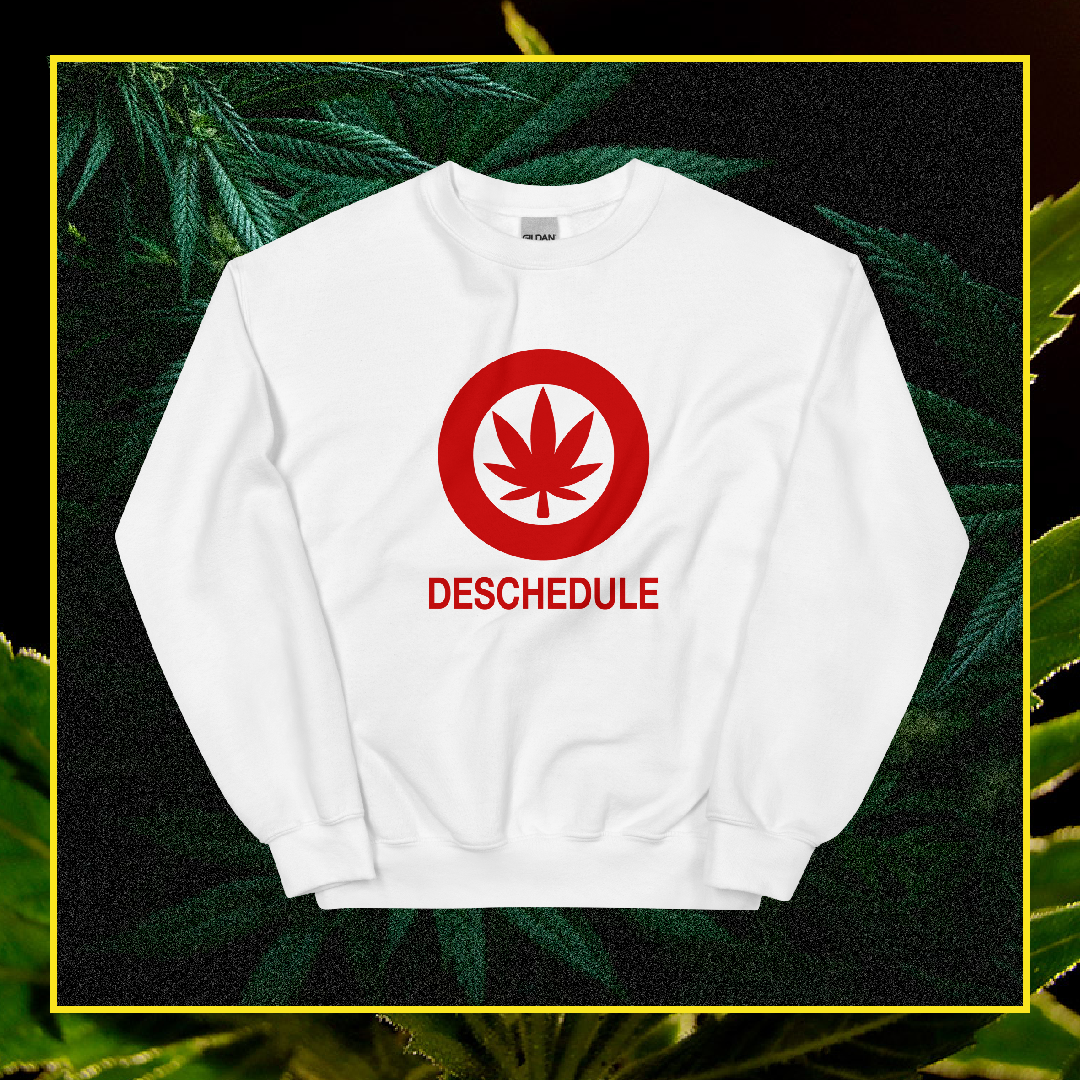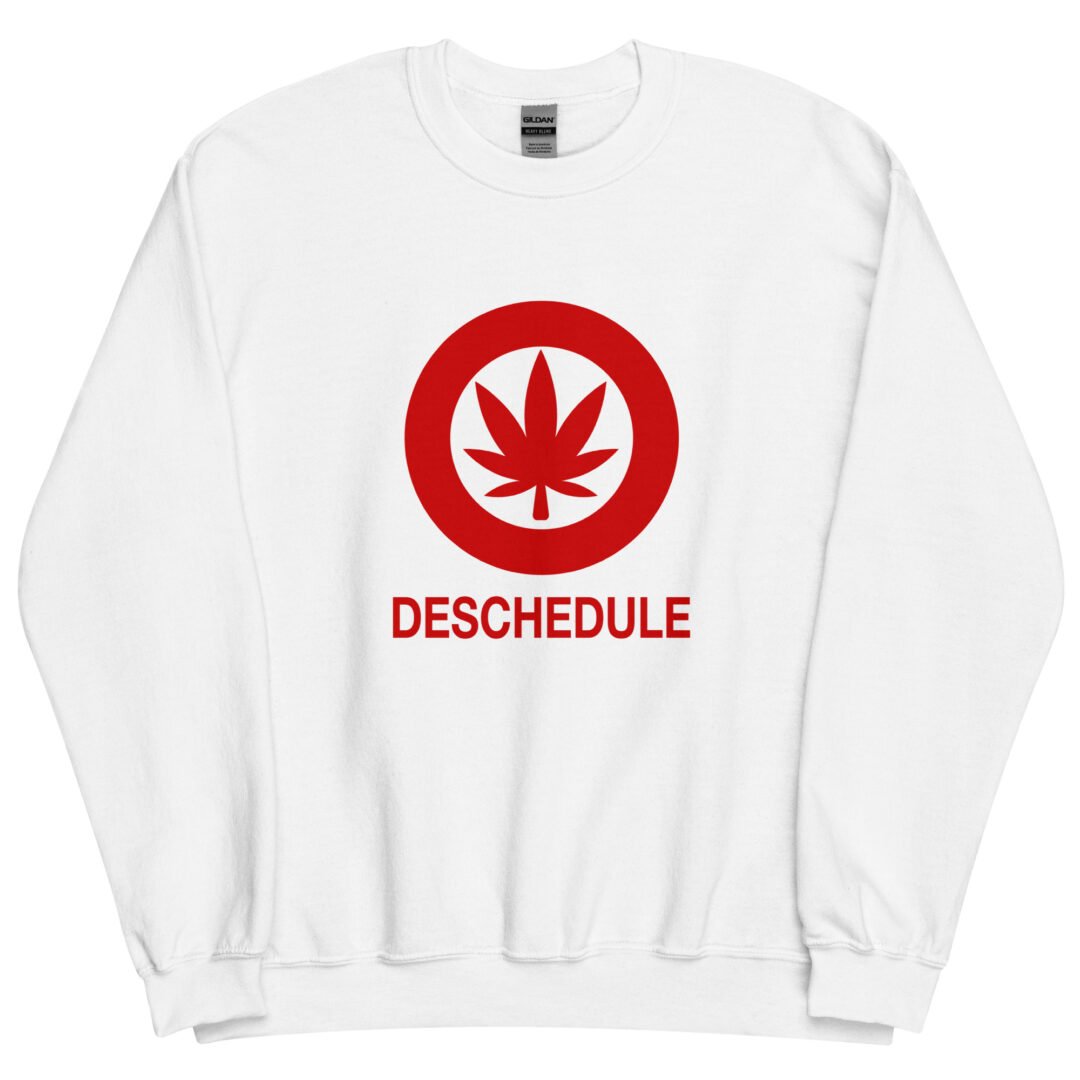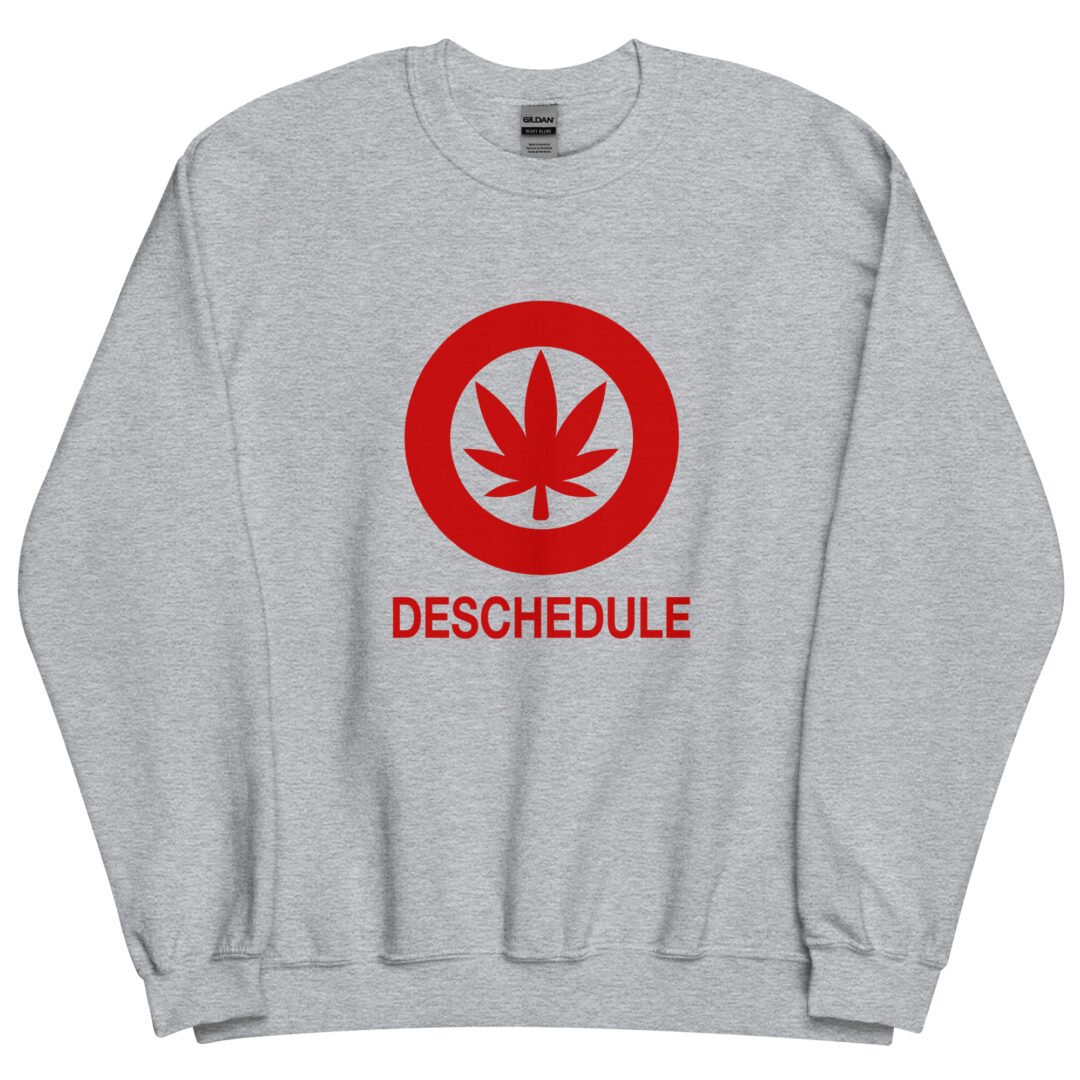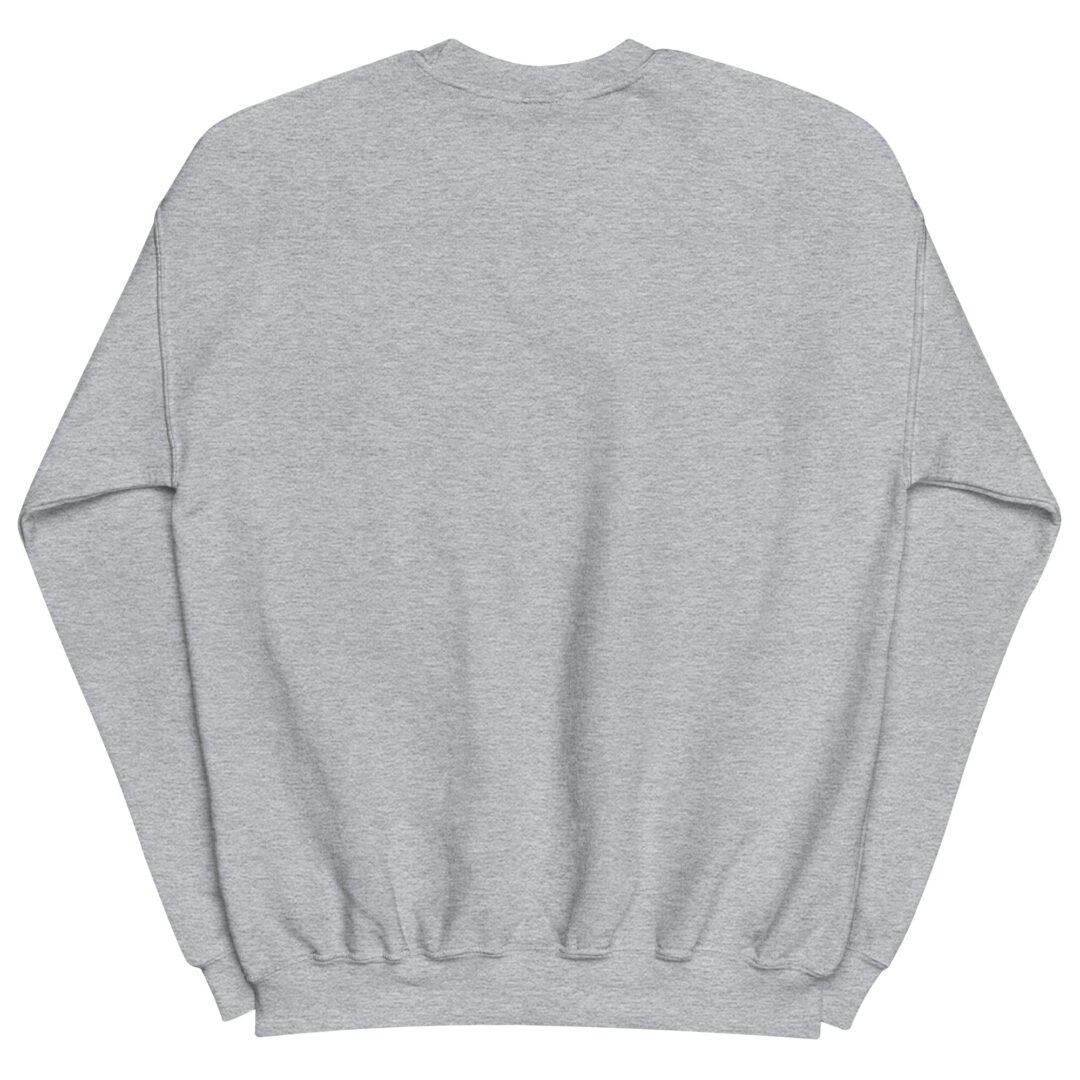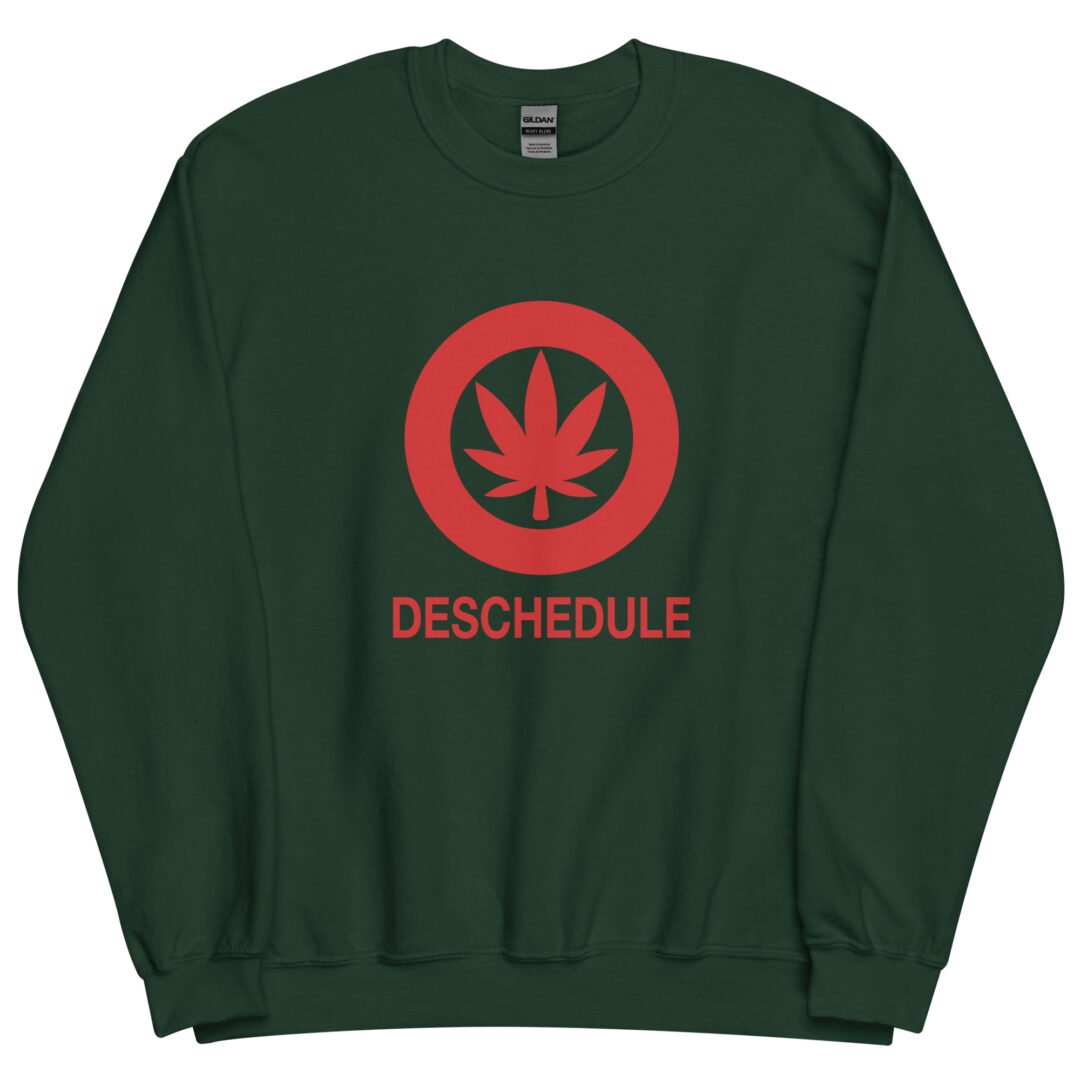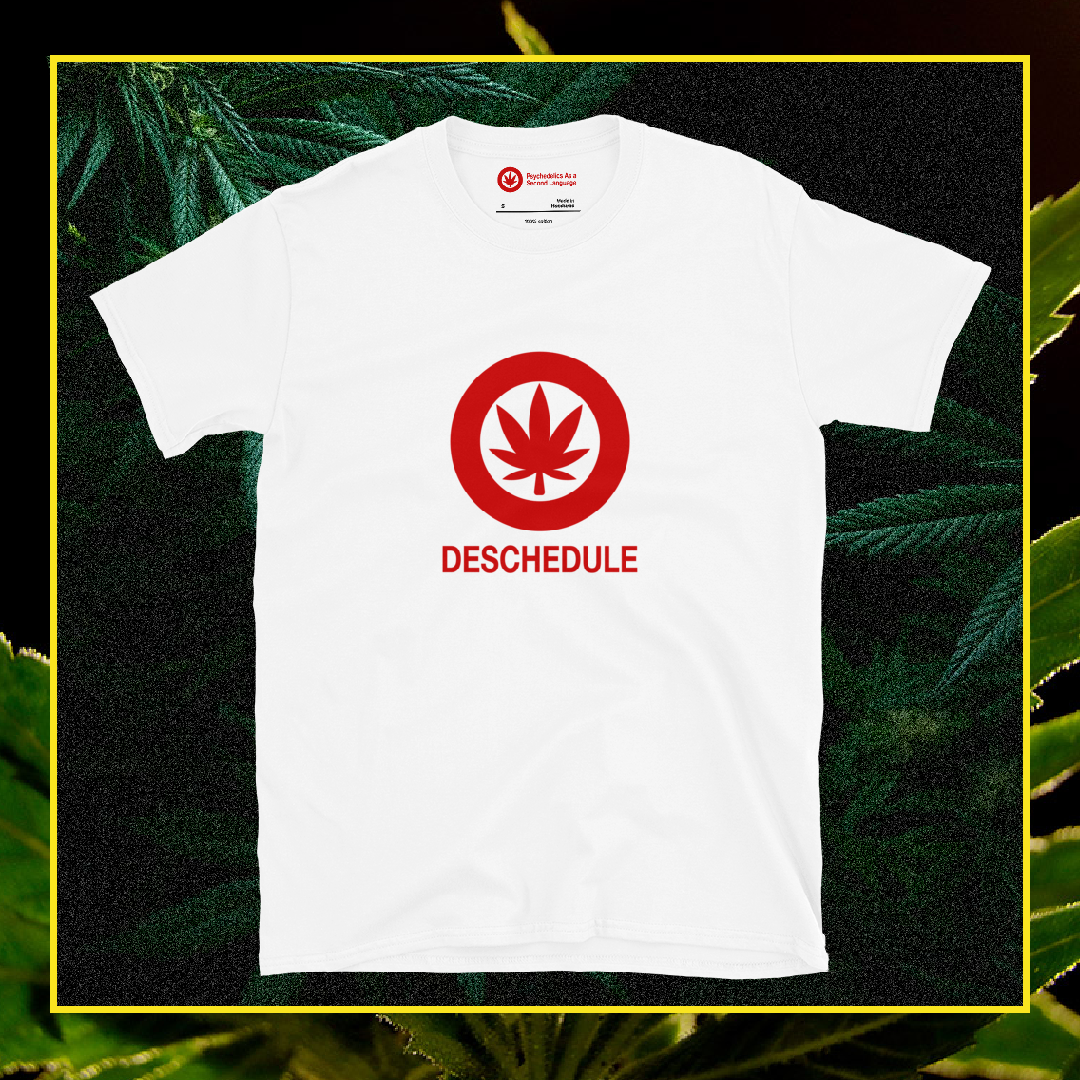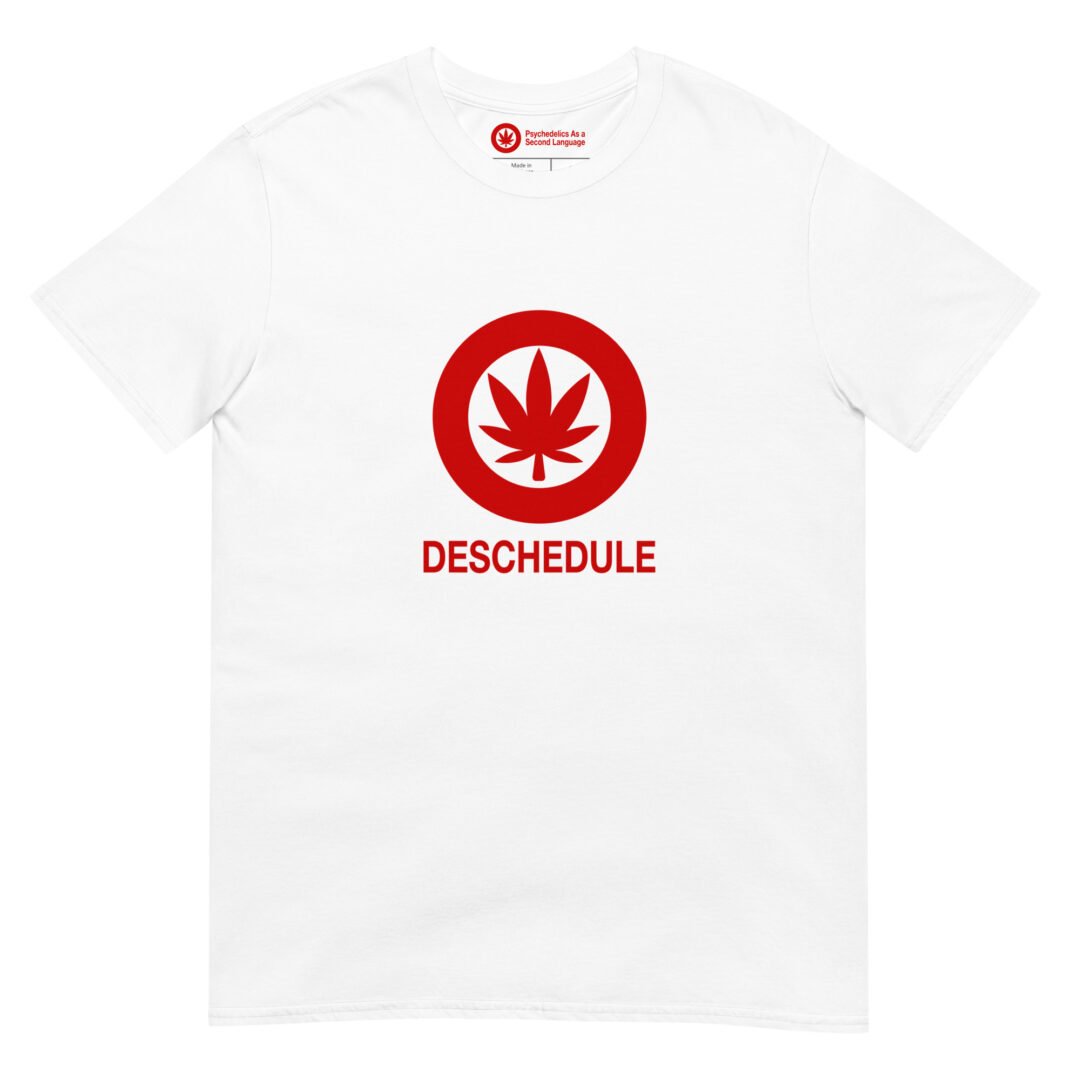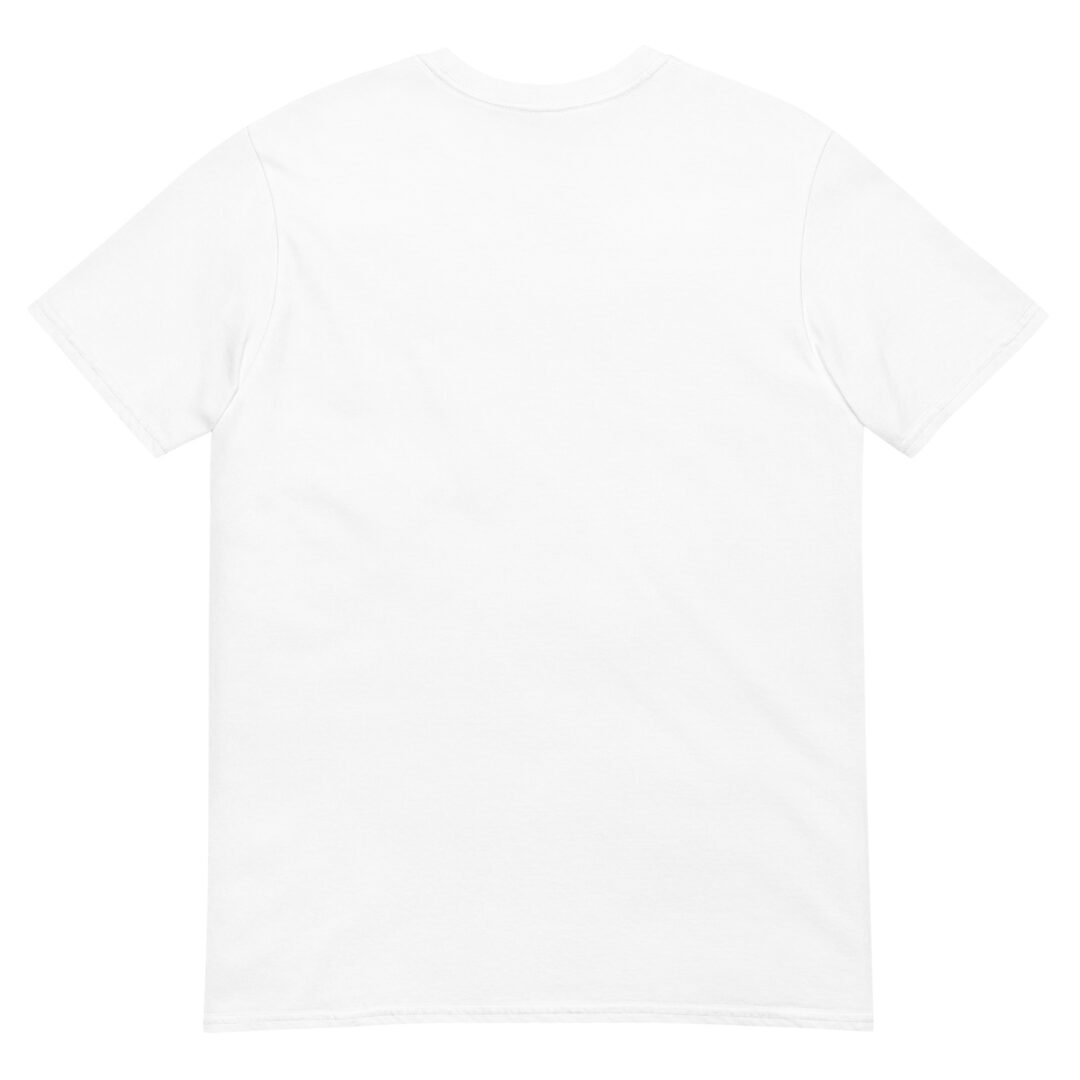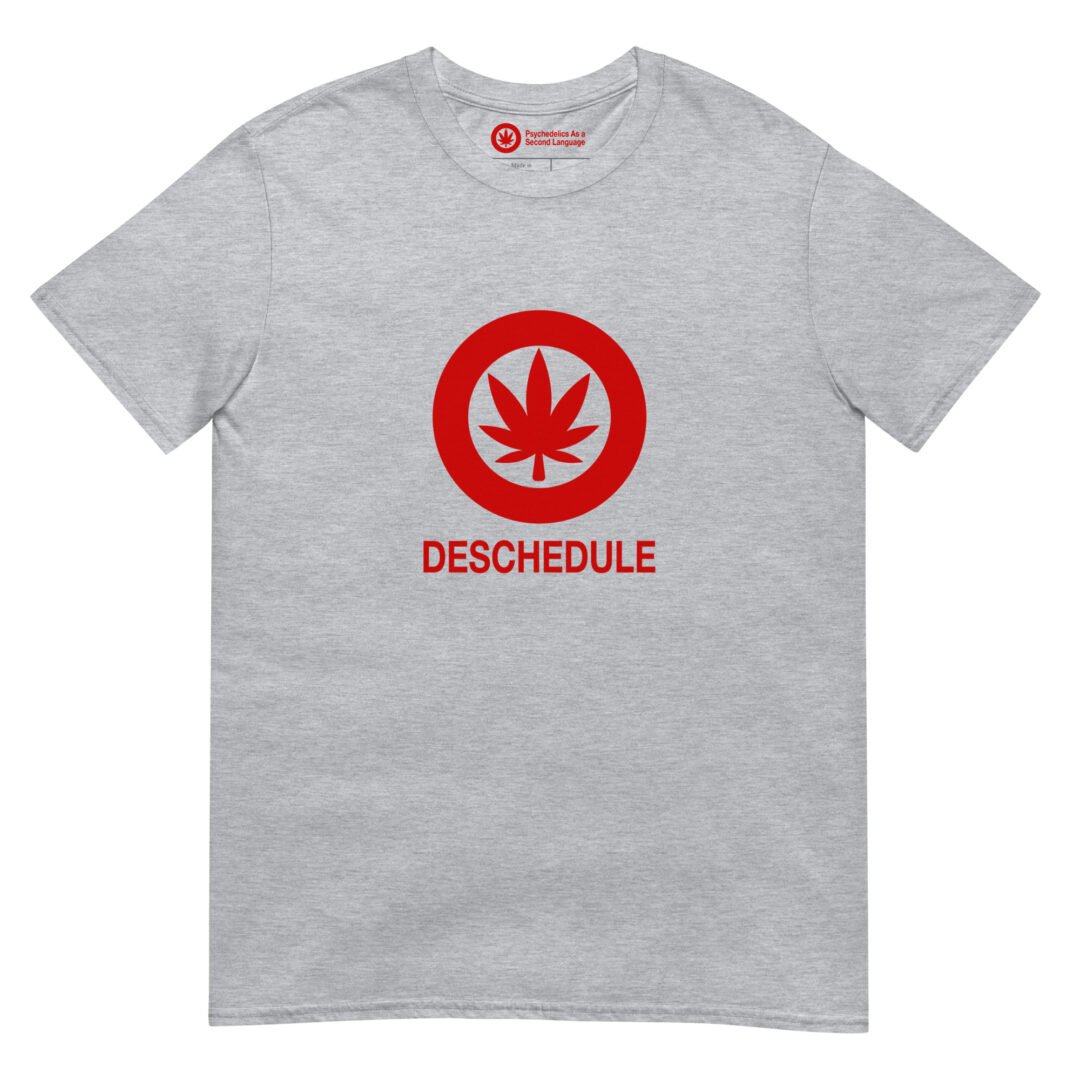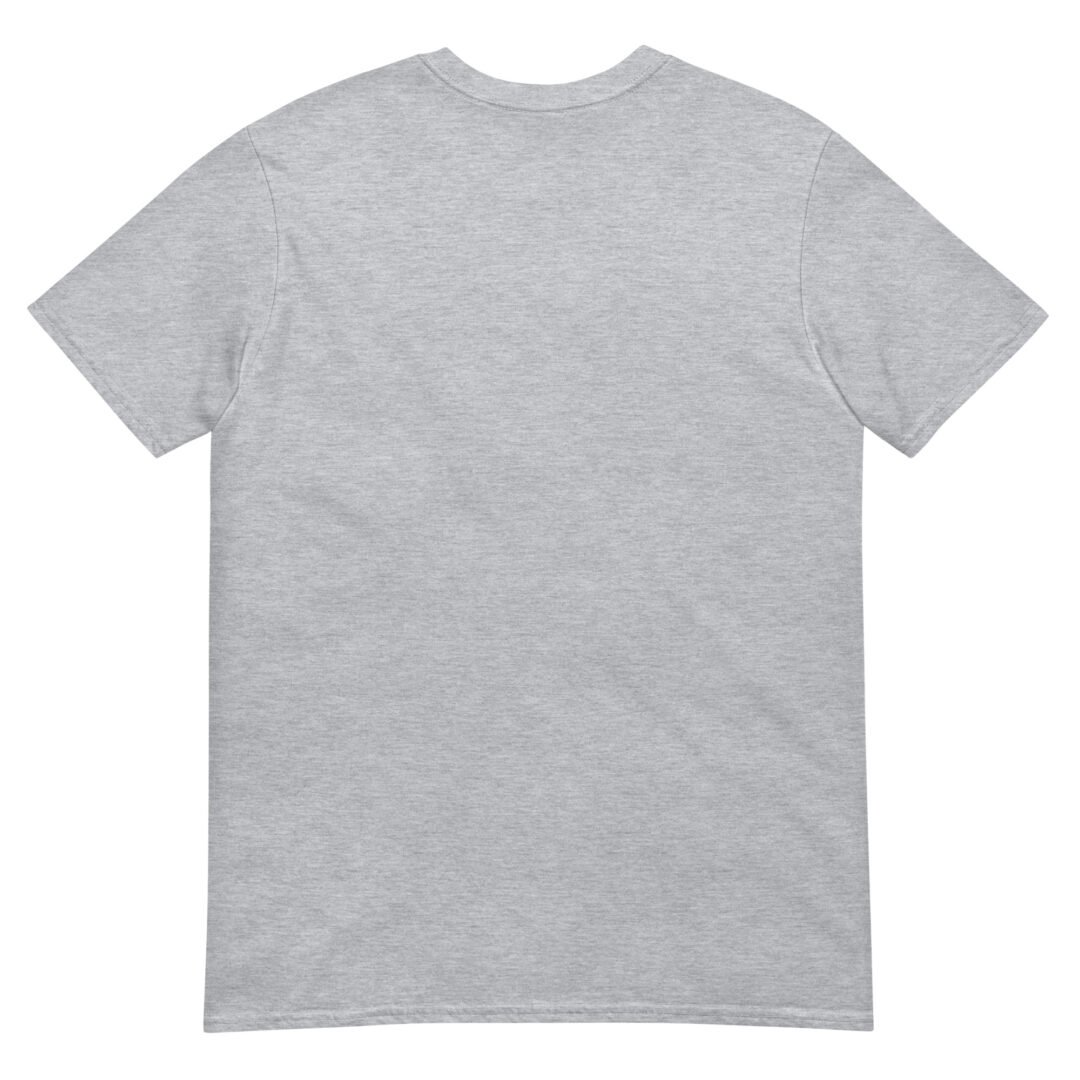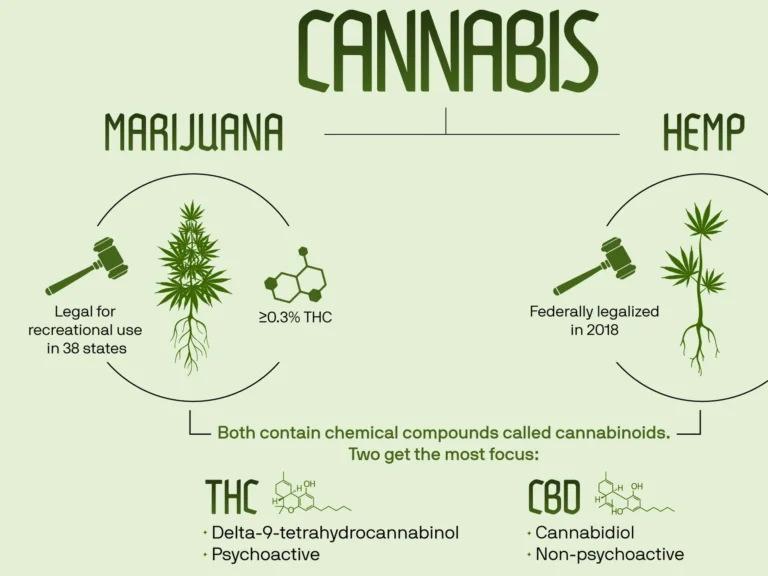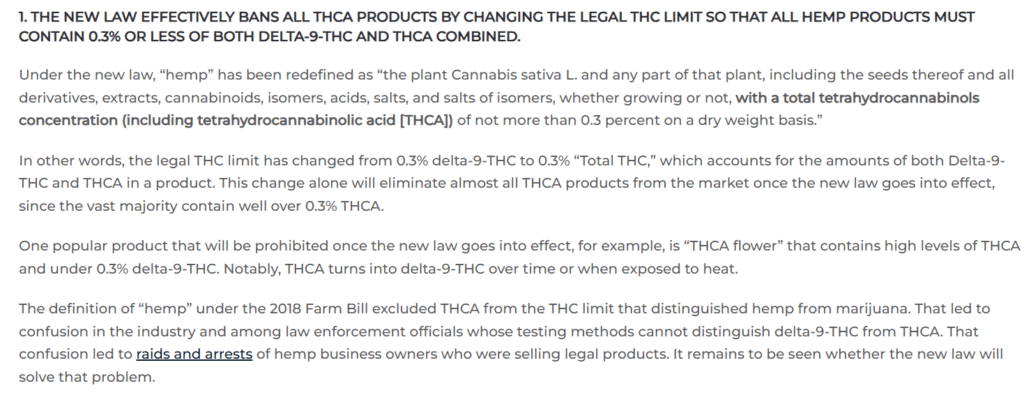Amidst the Cannabis reschedule discussion, Target opens its market for THC-infused drinks.
Following last week’s article, we got massive news for Cannabis, as the retail company Target is soft-launching sales of THC-infused beverages.
Depending on how the movement to move Cannabis from Schedule I to Schedule III, we might see more appearances of various THC-infused drinks and other products all over the USA.
We’ve seen some questions regarding the subject of people questioning the fact that we’ve had Cannabis-infused beverages for years now. While being true, there’s a small difference when it comes to these drinks.
Roughly since 2022, there has been a boom in Cannabis products; however, they were extremely regulated to be sold as a public product, as the use, sale, and possession of Cannabis with over 0.3% THC is illegal.
Deschedule Cannabis
For this reason, businesses focusing on Cannabis products choose Cannabis Sativa, also known as Hemp, to create their products.
And here lies the key difference between these products: while hemp-derived products mainly focus on percentages of CBD and 0.3% THC, at most, new drinks entering Target are limited to a total of 5mg THC per serving and 50 mg per package.
As far as it is known, these products will be mainly released at select stores in Minnesota, following the potential change in the Scheduling of Cannabis, and the new polls showing that the majority of Americans believe Cannabis to be a “healthier option” when compared to alcohol. Additionally, some have reduced their habits of drinking alcoholic beverages, and some have completely switched their alcoholic drinks to Cannabis-based drinks.
But what are the key differences between CBD and THC?
While both cannabinoids are present in Cannabis plants (THC is more predominant in Cannabis Indica, while CBD is more prevalent in Cannabis Sativa plants), they have a similar structure, but their mechanisms of action and effects on brain functions are quite different.
In simple terms, THC is what makes you feel “high” when you smoke Cannabis or eat an edible. However, in the brain, things are far more complex.
THC is a partial agonist at the CB1 and CB2 receptors in the endogenous cannabinoid system and exerts its “high” feeling and pain modulatory effects via CB1 agonism. CBD, on the other hand, has relatively little affinity for the orthostatic sites of these receptors and could inhibit THC binding at CB1 receptors via another mechanism. CBD is also reported to interact with CB2 receptors rather than CB1 receptors. Thus changing the pharmacological value of these compounds and the effects in the body.
While researchers are looking for answers to whether THC could be a valuable tool to help in:
- Muscle stiffness and spasms from MS or ALS
- Chronic pain or nerve pain
- Epilepsy or seizures
- Parkinson’s disease tremors
- Nausea
- Glaucoma
- Appetite stimulation for people with HIV/AIDS
- Agitation in Alzheimer’s disease
- Crohn’s disease
- Symptoms of post-traumatic stress disorder (PTSD)
CBD research points out that the compound could be a more suitable tool to help with:
- Anxiety
- Inflammation
- Nerve-related pain
(You can read more in-depth about the differences between THC and CBD here! Or by checking our interview with the molecular biologist Suat Neven to learn more about the influence of these compounds in our daily life, and how these compounds may help you during your workouts! )
The unfortunate news...
On November 12, 2025, President Trump signed legislation to end the government shutdown that includes a federal ban on most hemp products that contain THC and other hemp-derived “cannabinoids.” The new law goes into effect a year from now.
You can keep up with updates regarding the rescheduling of Cannabis at https://www.mpp.org/
References:
https://seekingalpha.com/news/4503438-target-tests-thc-beverage-market-in-minnesota
https://www.crescentcanna.com/thc-beverage-survey-results/
https://pmc.ncbi.nlm.nih.gov/articles/PMC9898277/
https://www.sciencedirect.com/science/article/pii/S0896627322011199
https://www.church.law/federal-bill-banning-intoxicating-hemp-products/

